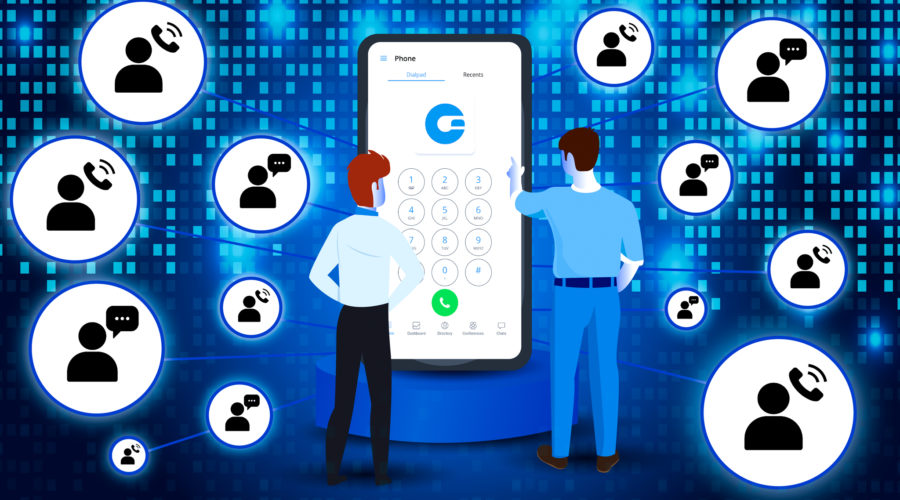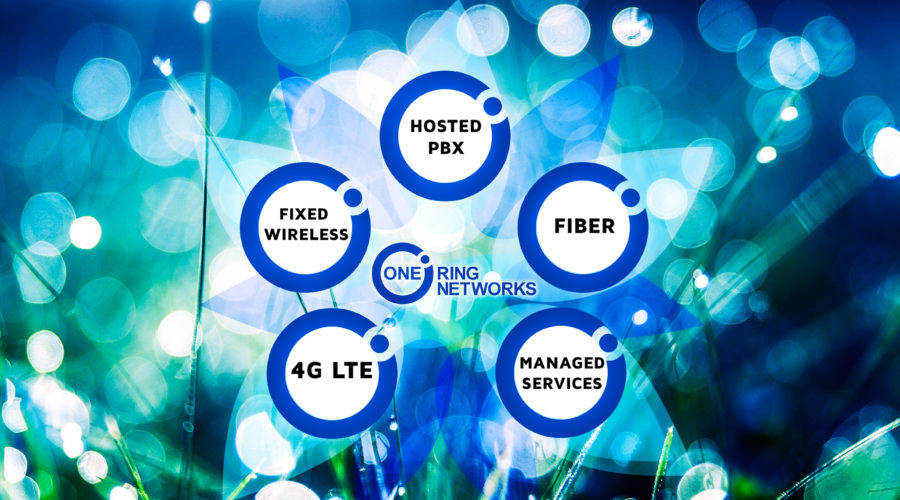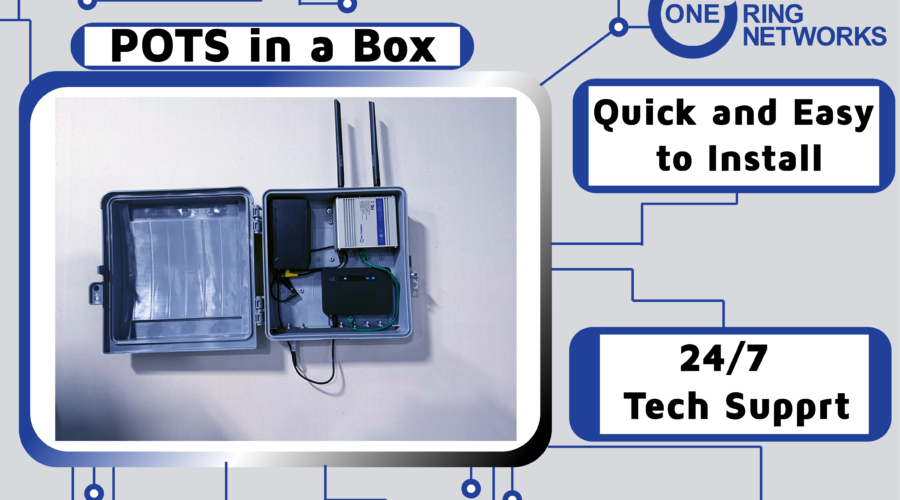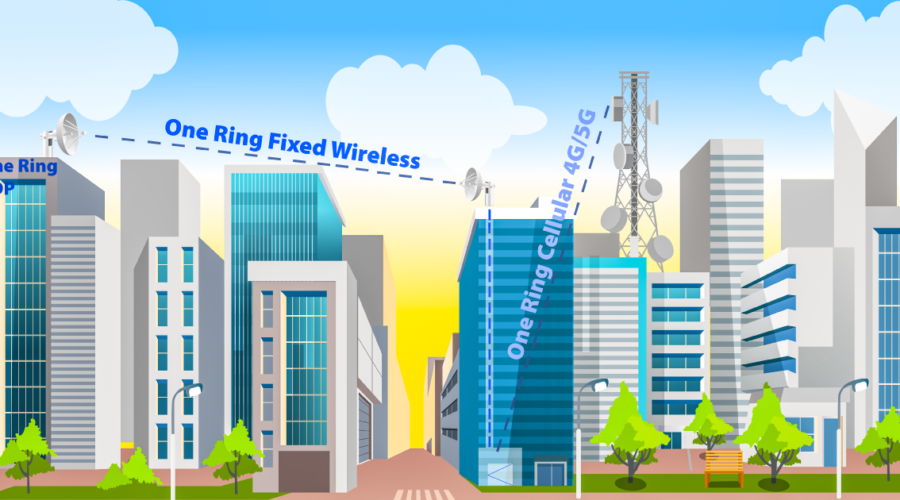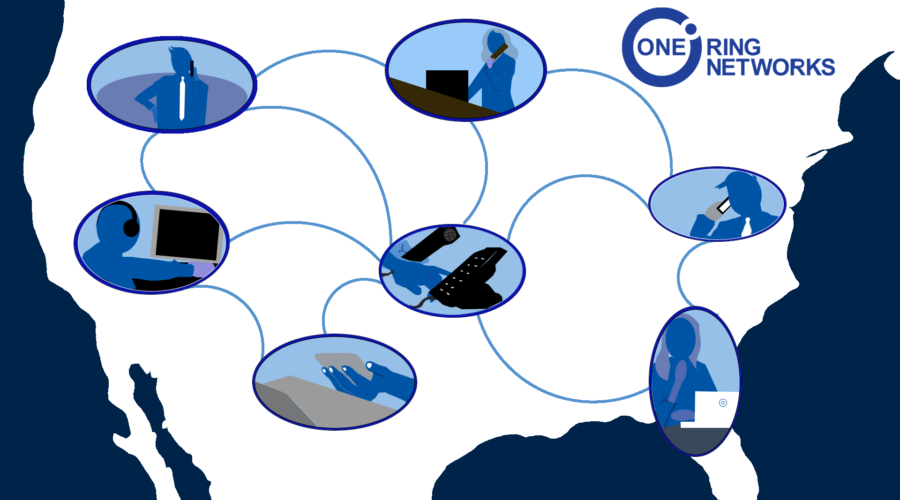The purpose of your business doesn’t matter if your team can’t communicate effectively. Keeping communication organized internally and externally organized is difficult no matter the size. (more…)
Any business, no matter their size or function, requires an internet connection. The reliability of your internet services provider is often crucial to success. However, there’s more to digital success than a simple internet connection. There are other connectivity and communication services that are crucial to the success of a business. (more…)
It’s a busy workday in the office and your internet connection fails. Your team’s productivity grinds to a halt. You pick up the phone to call customer service dreading what you know is coming. This could potentially take hours talking with multiple customer service agents, none of whom are taking care your issue. This causes you to lose valuable time and money. It’s a story with which nearly everyone is familiar, why is that? (more…)
Today, businesses of all shapes and sizes require internet connectivity. Figuring out the service that best fits a business’ needs is important and a one size fits all attitude isn’t going to get the job done. Businesses vary in nature from office spaces, restaurants, all the way to retail stores and everything in between. (more…)
The world is opening back up and the entertainment industry is rescheduling live events all over the country. Before putting on an event there are many connectivity issues for these companies to consider. Whether it’s a music festival, one time concert, street fair, or any other temporary event they all can be pushed to the next level with temporary internet connectivity. Events need internet; however, they are often held in areas that don’t have ready to use internet service available. (more…)
Many businesses don’t think about their phone systems until something goes wrong. They pay their high phone bill because they think their legacy traditional phone carrier is their only option. Voice over IP (VoIP) technology is rapidly showing businesses across the world that there is another option that is cheaper, upgradable and gives them the flexibility to rise above the competition in the new age of communications technology. VoIP works by carrying your business phone system over the internet as opposed to the traditional copper phone lines of yesterday. (more…)
A T1 line is a communications transmission service that uses 2 twisted pair copper wires to transmit and receive data or voice traffic. This early form of data connectivity was developed by the Bell System to bring data connectivity to the vast majority of businesses. (more…)
Latency and jitter are terms that are frequently used to evaluate the quality of service (QoS) for a broadband internet network. Both are important QoS parameters for evaluating network performance, particularly for real-time services that have become the mainstay of business internet customers. (more…)
- 1
- 2
Customer Testimonial
"Very reliable Internet service with very responsive customer service. One Ring served us when no one else could. We have recommended them to many others" - Carey Dula, MI-BOX Moving and Mobile Storage
Resources
Customer Testimonial
"Very reliable Internet service with very responsive customer service. One Ring served us when no one else could. We have recommended them to many others" - Carey Dula, MI-BOX Moving and Mobile Storage
